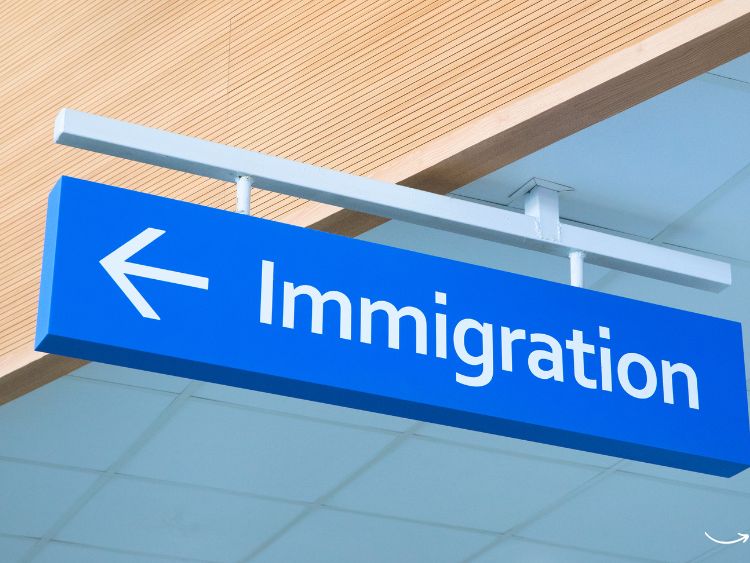In today’s fast-paced world, staying up-to-date with the latest immigration news is crucial, especially if you’re aiming for a green card. Whether you’re a prospective immigrant, an advocate, or simply someone interested in the subject, understanding the nuances of green card news can be a game-changer. Let’s dive into the latest updates, explore what these changes mean, and provide you with valuable insights.
What is a Green Card?
A green card, officially known as a Permanent Resident Card, is a document that allows a non-U.S. citizen to live and work permanently in the United States. Obtaining a green card is a significant step for many immigrants, providing a pathway to citizenship and a secure future in the U.S. The process, however, can be complex and is often subject to changes in immigration law and policy.
Recent Changes in Green Card Policy
The landscape of immigration news green card policies is ever-evolving. Recent months have seen several key changes:
1. Adjustment of Status and Consular Processing
The U.S. Citizenship and Immigration Services (USCIS) and the Department of State (DOS) have made adjustments to the procedures for obtaining a green card. The primary pathways are:
- Adjustment of Status: For individuals already in the U.S., this process allows them to change their non-immigrant status to permanent resident without leaving the country.
- Consular Processing: For those outside the U.S., this involves applying for an immigrant visa at a U.S. consulate or embassy.
2. Priority Dates and Visa Bulletin
The monthly Visa Bulletin, published by the DOS, determines the availability of green card numbers based on priority dates. Recent changes have influenced wait times for applicants, especially in oversubscribed categories.
3. Public Charge Rule
The Public Charge rule, which assesses whether an individual is likely to become dependent on government assistance, has been a hot topic. Recent court rulings and policy adjustments have altered how this rule is applied, impacting green card eligibility for many.
How These Changes Impact Immigrants
Understanding the implications of these changes is vital for anyone navigating the green card process:
1. Increased Wait Times
Changes in priority dates and the Visa Bulletin can lead to longer wait times for green card applicants. This is particularly true for individuals from countries with high levels of immigration to the U.S., such as India and China.
2. Stricter Eligibility Requirements
The Public Charge rule and other eligibility criteria have become more stringent, making it harder for some individuals to qualify for a green card. It’s crucial to stay informed about these requirements and seek legal advice if necessary.
3. Impact on Family-Based Immigration
Family-based immigration has also seen shifts in policy, affecting how quickly family members can reunite in the U.S. The focus has been on reducing backlogs and improving processing times, but challenges remain.
Tips for Navigating the Green Card Process
Here are some practical tips for those navigating the green card process amidst these changes:
1. Stay Informed
Keeping up with the latest immigration news green card updates is essential. Regularly check official sources like the USCIS and DOS websites for the most accurate information.
2. Seek Legal Assistance
Given the complexity of immigration law, consulting with an immigration attorney can provide valuable guidance and help you navigate the process more effectively.
3. Prepare Thoroughly
Ensure all your documentation is complete and accurate. Missing or incorrect information can lead to delays or denials.
4. Be Patient
The green card process can be lengthy and stressful. Patience and perseverance are key to navigating this journey successfully.
FAQs about Immigration News Green Card
Q1: What is the current wait time for a green card?
The wait time varies based on the applicant’s category and country of origin. Checking the Visa Bulletin regularly can provide the most up-to-date information.
Q2: How has the Public Charge rule affected green card applications?
The Public Charge rule has made it more challenging for some applicants to qualify for a green card, particularly those who have used or are likely to use public benefits.
Q3: Can I apply for a green card if I’m already in the U.S.?
Yes, through the Adjustment of Status process, eligible individuals can apply for a green card without leaving the U.S.
Q4: What are priority dates, and why are they important?
Priority dates determine an applicant’s place in line for a green card. These dates are crucial for understanding when you might be eligible to apply for a green card.
Q5: How do I find a reputable immigration attorney?
Research online reviews, ask for recommendations, and consult with multiple attorneys to find one that best fits your needs.
Conclusion
Navigating the green card process amidst changing immigration policies can be daunting. However, staying informed, seeking legal assistance, and being patient can significantly improve your chances of success. Remember, the path to permanent residency is a journey worth taking, and with the right information and support, you can achieve your goal.
Authoritative Links
For more detailed information and updates, you can visit the following authoritative sources:
- USCIS: www.uscis.gov
- Department of State Visa Bulletin: travel.state.gov/content/travel/en/legal/visa-law0/visa-bulletin.html
- American Immigration Lawyers Association: www.aila.org
- National Immigration Forum: www.immigrationforum.org
Staying informed and proactive is your best strategy in the ever-changing landscape of immigration news green card policies.







